With their bright flowers, so rare and precious in winter, azaleas are classic gifts for Christmas and New Year joys.
Since they are quite fragile, though, special care is needed to make them last.
Part of the Rhododendron family, azaleas are native to Japan, from where they were brought to the West in the XVIIIth century. In the country of the rising sun, azaleas are shared as good-luck charms. In Europe, they are showcased in flower shops in the middle of winter, with bright red, white, purple or mixed colored flowers. A recent study even demonstrated that azaleas have a positive influence on the mind’s capacity to focus.
- All our pages about Azalea
Careful – Fragile!
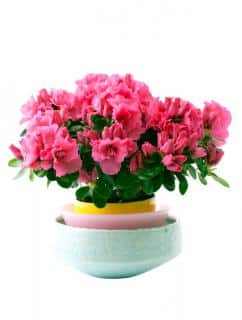
To increase survival chances, place the plant in a well-lit area, but without direct sunlight, and keep the soil moist but never wet. Like all plants, drain the pot after watering. Don’t let water stagnate in the dish, this will drown roots and make them rot.
After flowering
To help the azalea to bloom again, remove wilted flowers and place the plant in a cool and dark place. Water from time to time, but not too much. In spring, bring the plant to part sun and give it fertilizer to strengthen it. Bring it back in before the first frost spells hit in fall, and perhaps you will be blessed with new flowers.
- Read also: Growing azaleas correctly
- Azalea japonica, a variety well-suited to growing indoors – as a bonsai!
In the garden
Japanese azaleas (Rhododendron obtusum), unlike azaleas sold in flower shops, can spend all winter outdoors. Plant it in heath soil, in a sheltered spot, and mulch the base of it in winter to protect it from freezing.
Deciduous azaleas (Rhododendron molle) like mild summers and very cold winters (they can stand temperatures colder than -13°F (-25°C), and offer large colored flowers that you can place on balconies or in flower beds.
Laure Hamann

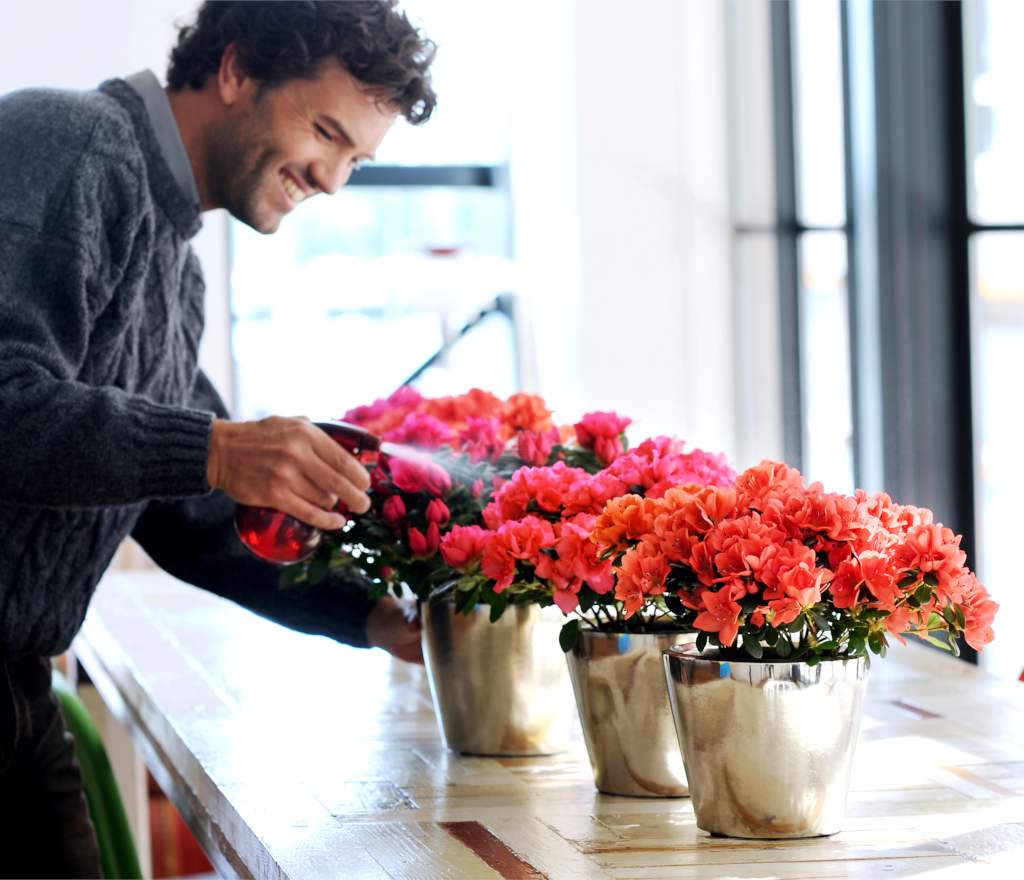
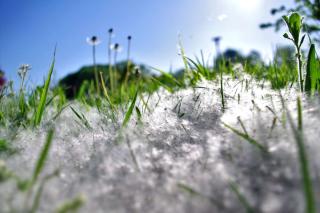
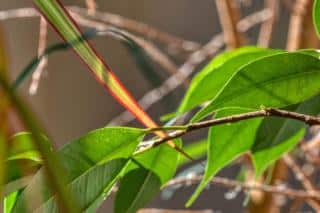
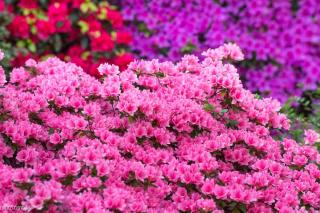
I have a question
Ask my questionI'd like to comment
Post a comment